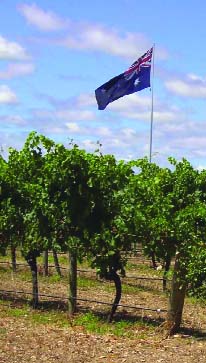|
Difesa o prigione dei produttori?
Consulente vitivinicolo - Vignale Monferrato (Asti) |  |
|
Difesa o prigione dei produttori?
Consulente vitivinicolo - Vignale Monferrato (Asti) |  |
L’organizzazione produttiva e la valorizzazione del vino in Europa e nel Nuovo Mondo si basano
su presupposti differenti. In Europa esiste un forte ruolo della pubblica amministrazione
(UE, stato, regione), sia in senso normativo che economico, ed il marketing si basa fortemente
sul concetto di “terroir”, che a sua volta si esprime nelle norme sulla denominazione di origine.
Nel Nuovo Mondo lo stato è molto meno presente, sia dal punto di vista normativo sia da quello
economico, il vino è trattato più come un prodotto industriale, e il marketing si basa maggiormente
sul nome di vitigno e sul marchio aziendale. Tuttavia, ultimamente, Australia e Stati Uniti
si sono avvicinati all’impostazione europea, nella volontà di tutelare come marchio collettivo
i vini provenienti dalle zone più vocate, mentre in Europa, al contrario, ci sono spinte e tendenze
ad una maggiore semplificazione nelle norme e nel marketing, prendendo spunto dal successo
commerciale di alcuni vini del Nuovo Mondo, soprattutto quelli australiani.
Pertanto i due mondi si vanno avvicinando: ma, al momento, rimangono distanti.
“DENOMINATION OF ORIGIN”: A SHELTER OR A PRISON FOR PRODUCERS?
The “wine business” has different characters in the Old and in the New World. In Europe public administrations (E.U., state, region) play a very important political and economical role, with a complex system of rules, and heavy interventions on market regulations, controls, subsidies and other aspects.
Marketing is largely based on the concept of “terroir”, with the complex system of the “denomination of origin” wines deriving from it. On the contrary, in the New World the role of the state is remarkably less important
under all the aspects, and marketing is largely based on the grape variety name, and on the brand.
In recent years US and Australia have become, in some way, nearer to the European approach aiming to defend the name of the regions they hold more suitable for quality wines (Napa, Sonoma, Barossa etc.); on the other side, in Europe a lot of people call for a simpler organization, in both rules and marketing, as a consequence of the big success attained in the international market by some New World wines, mostly from Australia. So the Old and the New World are walking toward an intermediate point: but the distance between these approaches is still big, so far.
| |